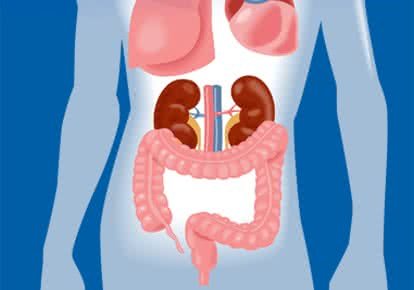How to distinguish amniotic band syndrome?
summary
There are many names of amniotic band syndrome, such as congenital annular adhesions, arachnoid syndrome, etc. It refers to the rupture of part of amniotic membrane to produce fiber bundles or fiber sheaths, which makes the embryo or fetus adhere to the amniotic band, bind, compress and entangle the fetus, and make the fetal involved organs split or develop abnormally. The common sites of involvement are the head, trunk and limbs. There are many kinds of deformities, from small deformities of hand, foot or finger (toe) to multiple complex deformities of the whole body. How to distinguish amniotic band syndrome?
How to distinguish amniotic band syndrome?
1. The amniotic membrane is composed of two layers of amniotic membrane and two layers of chorionic membrane. The edge is free, the base is thick, sometimes blood flow can be seen, which is thicker than the amniotic band. The causes were as follows: 1; ② Intrauterine adhesions, chorionic growth along the intrauterine scar. Amniotic membrane is not attached to the fetal body, does not lead to deformity, late pregnancy can disappear. The amniotic membrane film is mainly distinguished from the amniotic band. The other needs to be distinguished from the amniotic band are the mediastinum of incomplete mediastinum uterus and the amniotic diaphragm between the two amniotic cavities of twin pregnancy.

2. During the normal development of the embryo, the amniotic membrane and chorion did not fuse completely, and the amniotic membrane and chorionic fluid formed the extraembryonic coelom. It is characterized by complete amniotic sac and not attached to the fetal body, unrestricted fetal movement and no fetal malformation. The extraembryonic coeloma usually disappeared at 16 weeks of gestation.

3. Short umbilical syndrome is also known as the lower abdomen with lower limb incomplete deformity and complex abdominal wall deformity. At 4-6 weeks of embryonic development, the blood flow changes lead to hypoplasia or defect of embryonic tissue, leading to internal bleeding, necrosis, hypoxia and failure of abdominal wall closure, which is similar to amniotic band syndrome. Short umbilical syndrome has obvious short umbilical cord or no umbilical cord, obvious scoliosis, abdominal contents reaching extraembryonic body cavity, combined with multiple combined deformities of spine and limbs. In addition, there was no amniotic band echo in the uterine cavity under B ultrasound.

matters needing attention
The cause of extraamniotic pregnancy is similar to that of amniotic band syndrome. The amniotic membrane ruptures and the fetus grows and develops in the extraembryonic body cavity. The rupture time of amniotic membrane is relatively late, amniotic membrane and villi lose their adhesiveness, and will not adhere to the fetus, so generally there will be no fetal malformation.













